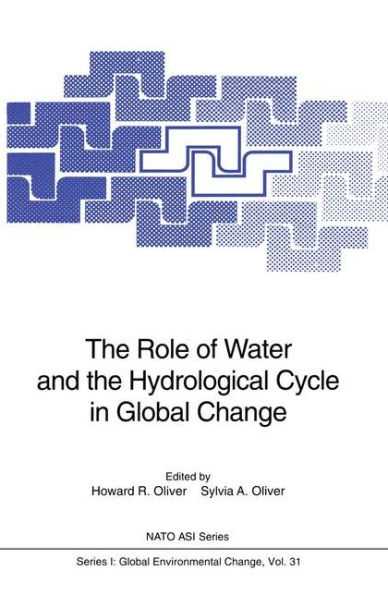The Role of Water and the Hydrological Cycle in Global Change
Water is an extremely important factor in global environmental change. Water influences the processes causing change. The human and economic consequences of changes in the water system can be very significant. The aim of this NATO Advanced Study Institute was to present a state-of-the-art assessment of the role of water in global change, ranging from a consideration of atmospheric processes to the social and political impacts of changes in water resources. Many initiatives have recently been developed, such as international conferences and research programmes in particular themes, but there was still a need for information from these diverse activities to be brought together. One of the aims of the ASI was to encourage cross-fertilization between the various disciplines looking at water in the global system. This book contains the expanded written versions of the lectures presented during the AS! held in Italy in May/June 1994. It falls into two basic parts. The first twelve chapters cover the role of water in the climate system and climate modelling. Various areas of the water balance including global budgets, the effect of each element of the water balance on regional and global climates, and procedures used to model hydrological processes at all scales are discussed. Precipitation, ice, lake, groundwater, land surface and atmospheric considerations are included together with hydrological process linkage to climate models. Ocean effects were not covered as they were considered to be outside the scope of this particular AS!.
"1001715123"
The Role of Water and the Hydrological Cycle in Global Change
Water is an extremely important factor in global environmental change. Water influences the processes causing change. The human and economic consequences of changes in the water system can be very significant. The aim of this NATO Advanced Study Institute was to present a state-of-the-art assessment of the role of water in global change, ranging from a consideration of atmospheric processes to the social and political impacts of changes in water resources. Many initiatives have recently been developed, such as international conferences and research programmes in particular themes, but there was still a need for information from these diverse activities to be brought together. One of the aims of the ASI was to encourage cross-fertilization between the various disciplines looking at water in the global system. This book contains the expanded written versions of the lectures presented during the AS! held in Italy in May/June 1994. It falls into two basic parts. The first twelve chapters cover the role of water in the climate system and climate modelling. Various areas of the water balance including global budgets, the effect of each element of the water balance on regional and global climates, and procedures used to model hydrological processes at all scales are discussed. Precipitation, ice, lake, groundwater, land surface and atmospheric considerations are included together with hydrological process linkage to climate models. Ocean effects were not covered as they were considered to be outside the scope of this particular AS!.
109.99
In Stock
5
1

The Role of Water and the Hydrological Cycle in Global Change
468
The Role of Water and the Hydrological Cycle in Global Change
468Paperback(Softcover reprint of the original 1st ed. 1995)
$109.99
109.99
In Stock

Product Details
| ISBN-13: | 9783642798320 |
|---|---|
| Publisher: | Springer Berlin Heidelberg |
| Publication date: | 12/23/2011 |
| Series: | Nato ASI Subseries I: , #31 |
| Edition description: | Softcover reprint of the original 1st ed. 1995 |
| Pages: | 468 |
| Product dimensions: | 6.10(w) x 9.25(h) x 0.04(d) |
From the B&N Reads Blog
